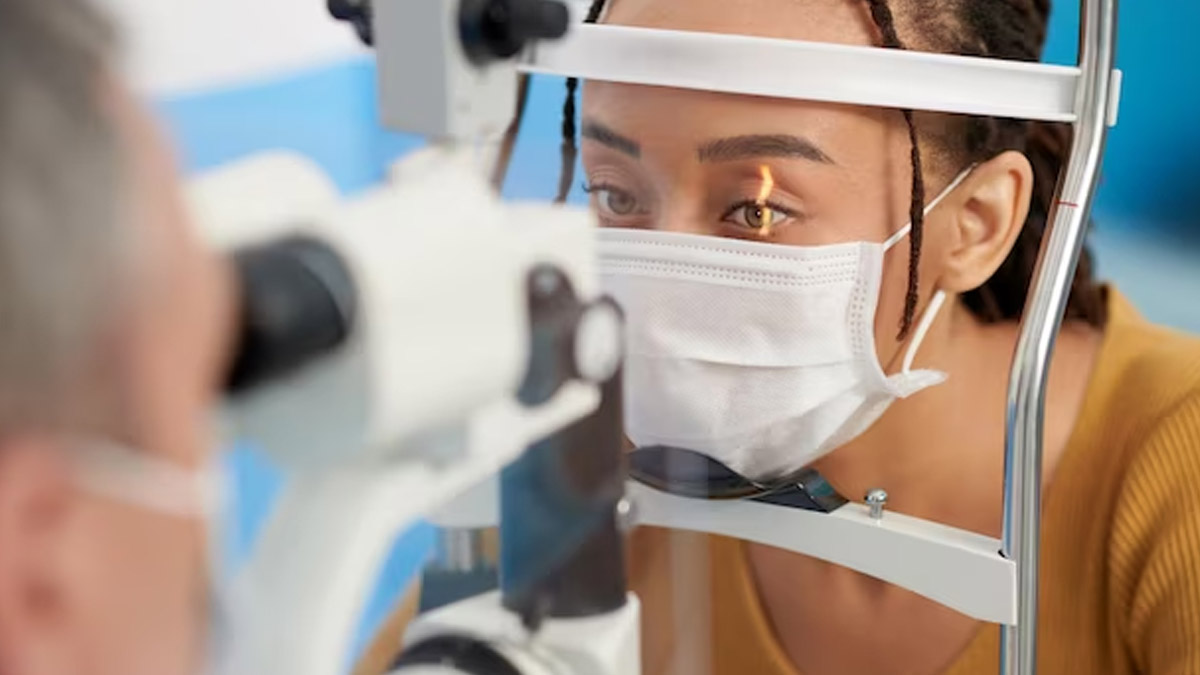
In a world where our senses are the gateway to our experiences, vision stands unparalleled, painting our lives with vivid colours, heartfelt smiles, and breathtaking beauty. However, there exists a silent adversary that threatens this precious gift; glaucoma.
Table of Content:-
From the belief that only the elderly are affected by this condition to the notion that it affects only one eye, we will confront these fallacies head-on. We spoke to our expert Dr Ajay Sharma, Chief Medical Director, EyeQ, and he unveiled the myths that cloud our understanding and illuminated the facts that empower us to take charge of our ocular health.
What Is Glaucoma
Glaucoma, often referred to as the "silent thief of sight," is a complex eye disease that affects millions around the globe. The optic nerve, which is in charge of sending visual information from the eye to the brain, is damaged in a group of eye diseases that make up this condition. This damage is often caused by an increased intraocular pressure (pressure inside the eye), leading to progressive vision loss and if left untreated, potential blindness.
Also Read: Warning Signs Of Glaucoma In Children & Ways To Prevent It, Expert Weighs In
Myths And Facts About Glaucoma

Myth 1: Glaucoma only affects the elderly
Fact: While it is true that the risk of glaucoma increases with age, it can affect individuals of all age groups. A type of glaucoma known as congenital glaucoma can be detected even at birth, and several types of glaucoma are present in young children. Some potentially blinding eye disorders, including glaucoma or diabetic retinopathy, may take years to manifest. The core vision may not be impacted at this time, but they are damaging some inner eye tissue.
Myth 2: Glaucoma has a set of symptoms
Fact: Glaucoma is often referred to as the "silent thief of sight" for a reason. In its early stages, glaucoma typically does not exhibit noticeable symptoms. A few of the most typical symptoms of glaucoma include wet eyes or blurred vision, although the majority of the time, there are no symptoms at all. This is the reason why it takes so long to be discovered.

Myth 3: Glaucoma is brought on by excessive screen time
Fact: Relating screen time to glaucoma is factually not true. Your eyes won't be harmed by reading in dim light, although they could grow tired.
Also Read: How To Prevent Glaucoma Related Blindness With Timely Detection & Management, As Per Expert
Myth 4: Diabetes only has an impact on the retina, hence won’t suffer from glaucoma
Fact: Diabetes not only affects nearly every organ in the body, but also nearly every component of the eye. Patients with diabetes have a higher risk of developing glaucoma even though retinopathy and cataract are the more prevalent eye conditions.
Myth 5: Only one eye is affected by glaucoma
Fact: Glaucoma invariably affects both the eyes, with one eye being impacted earlier than the other.
Bottomline
Dr Sharma concluded by saying, “Healthy lifestyle habits like eating a balanced diet and exercising regularly can help prevent many chronic diseases, including eye issues. Glaucoma stealthily infiltrates our eyes, slowly and subtly robbing us of our vision. Therefore, it is crucial to regularly check for glaucoma after the age of 40 or earlier in cases where there is a family history of the condition."
Also watch this video
How we keep this article up to date:
We work with experts and keep a close eye on the latest in health and wellness. Whenever there is a new research or helpful information, we update our articles with accurate and useful advice.
Current Version